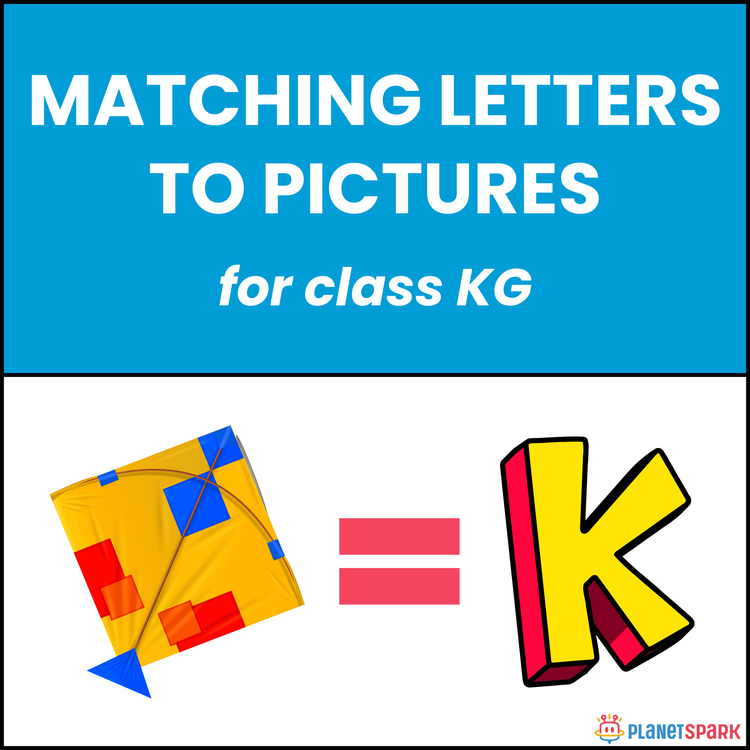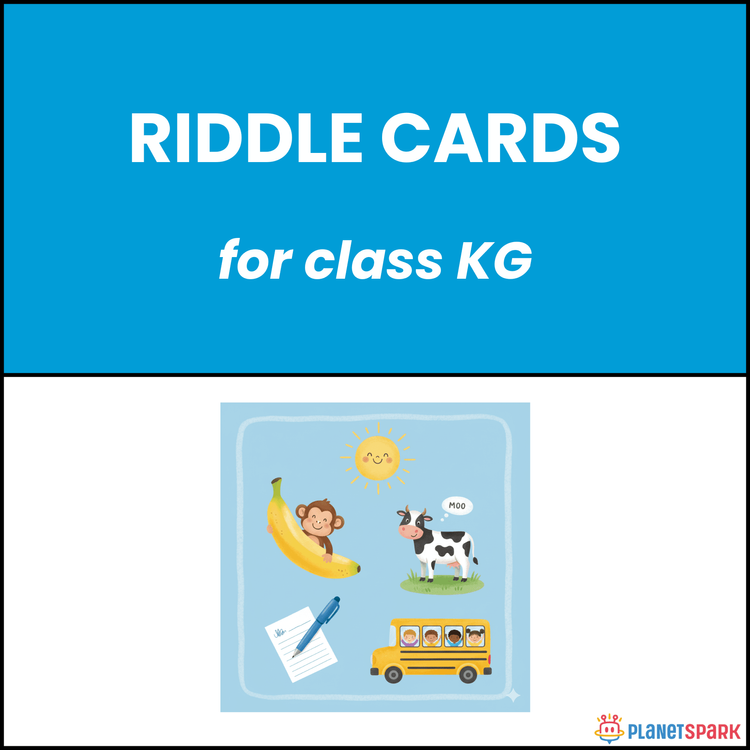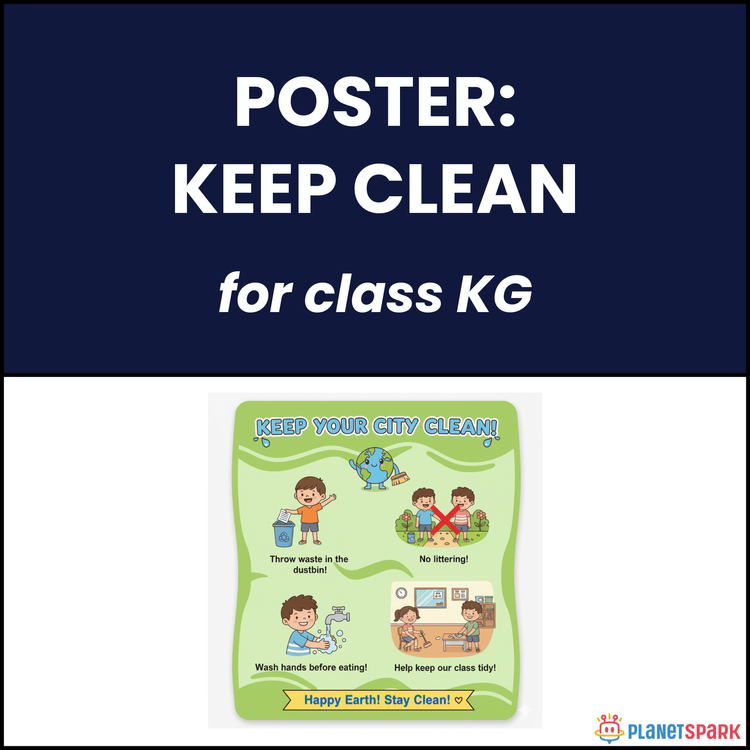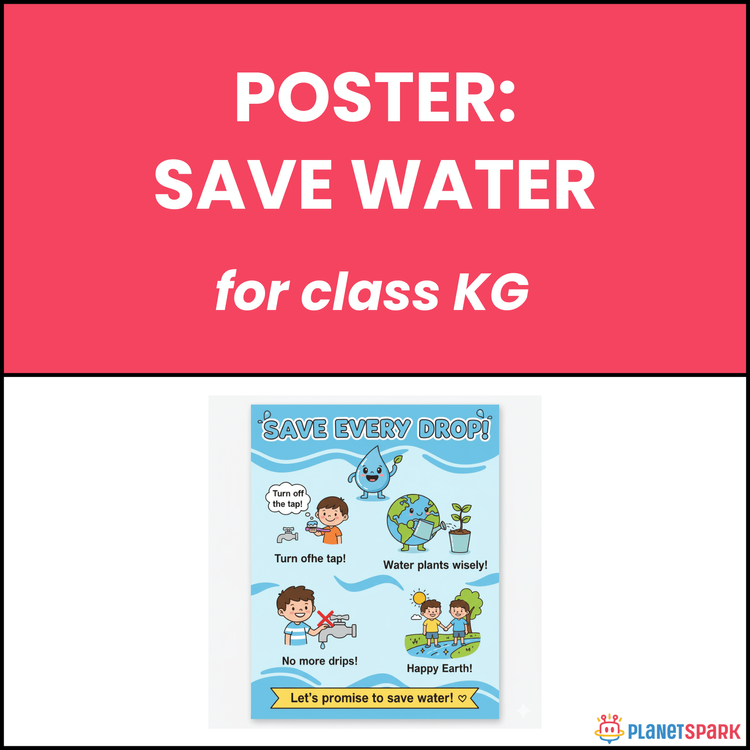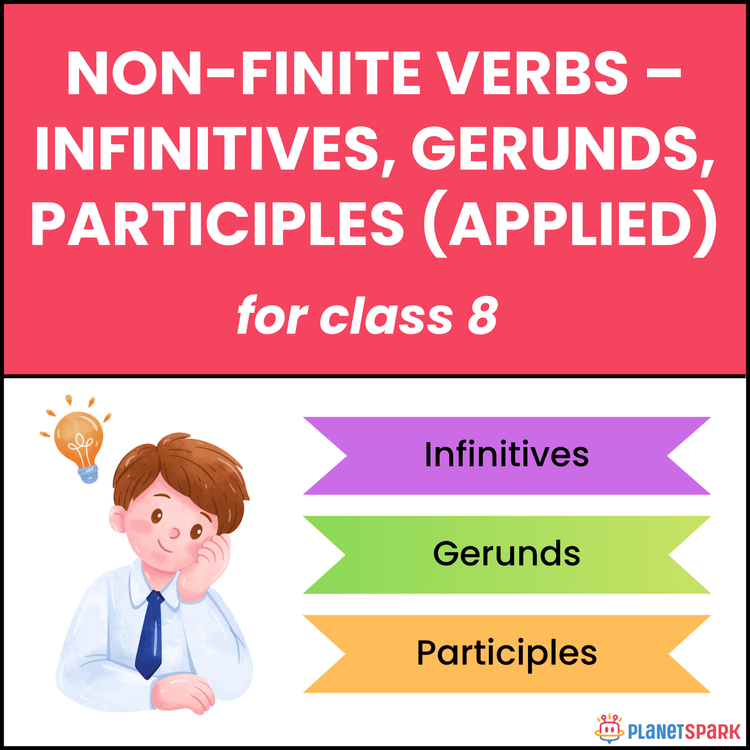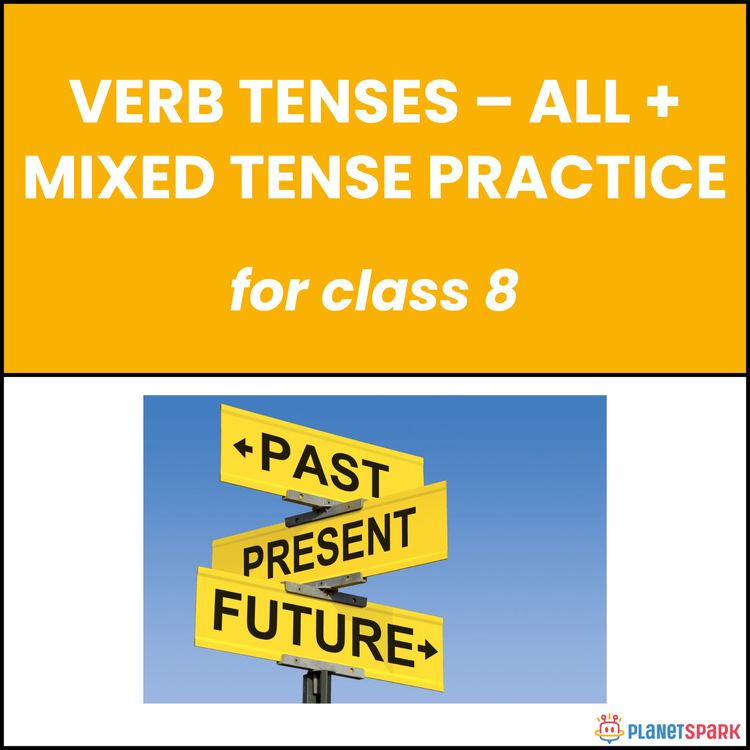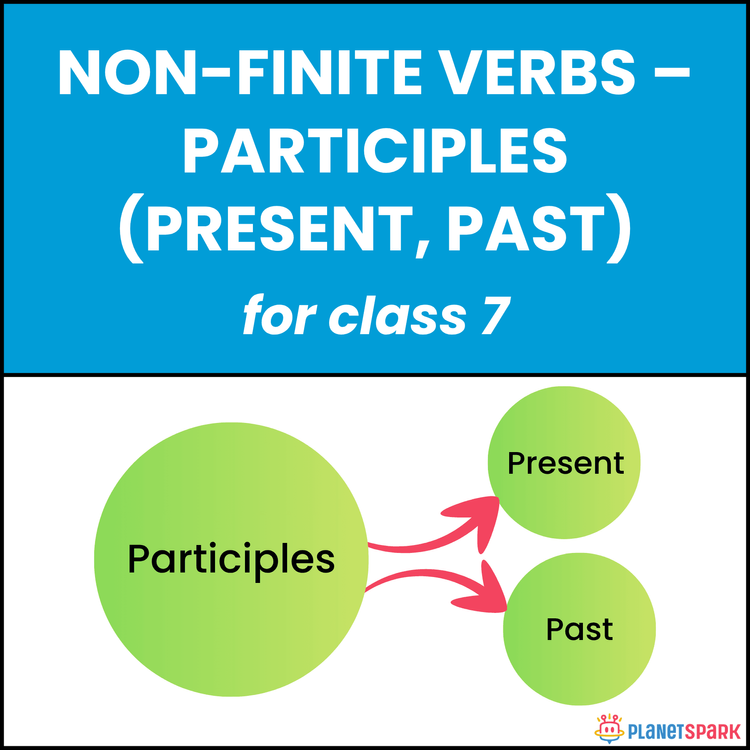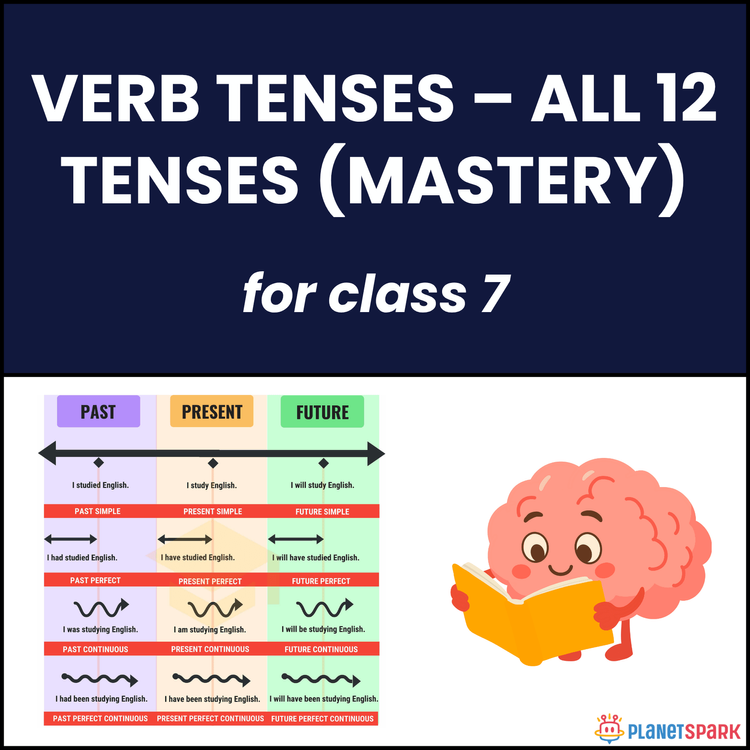Class KG Reading Passage: My School Bag
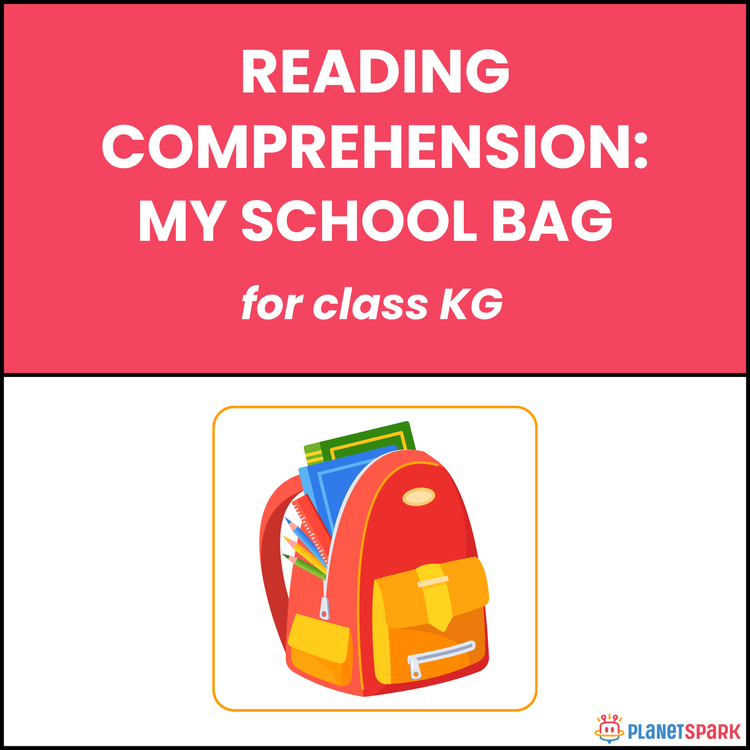

Class KG Reading Passage: My School Bag
Packed and Ready: Reading Passage “My School Bag” for Class KG
This Kindergarten worksheet shares a relatable story about a child’s school bag. Strong and neat, the bag holds books, pencils, a lunch box, and a water bottle. The child keeps it ready before school and listens to teachers who ask for notebooks. The school bag becomes a trusted friend for learning and play:contentReference[oaicite:0]{index=0}.
Why Reading Passages Matter in Grammar?
Reading passages help children connect learning with daily life. This worksheet helps kids:
1. Recall details about what they carry to school.
2. Understand responsibility in preparing for class.
3. Build vocabulary with words like “lunch box,” “pencil,” and “notebook.”
4. Learn that school tools keep them safe and ready to learn.
What’s Inside This Worksheet?
The worksheet includes a short passage and 10 factual comprehension questions:
🧠 Reading Passage
A child’s account of their neat and strong school bag, what it holds, and why they like it.
✏️ Exercise – Multiple Choice Questions
Children answer what is inside the bag, what teachers ask them to bring, and why the bag is special.
✅ Answer Key (For Parents & Educators)
1. B
2. C
3. A
4. D
5. A
6. B
7. C
8. D
9. A
10. C
Help your child take pride in their daily school bag with this KG reading passage. Perfect for building responsibility and reading skills together!
🔖Book a free trial!
Frequently Asked Questions
Reading aloud models fluency and keeps children engaged in the text.
Most children can complete it in about 10–15 minutes.
Yes, it works well for individual learning and small group practice.
